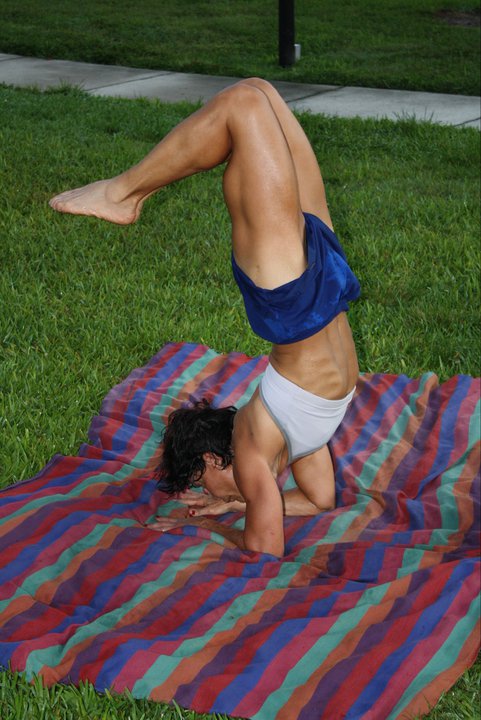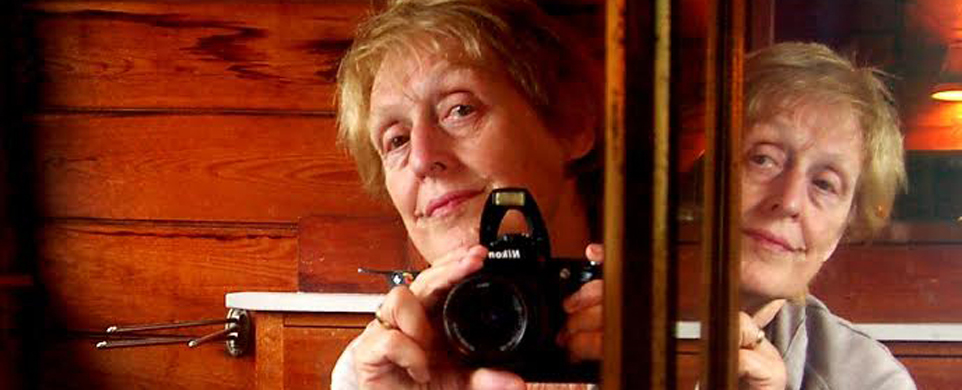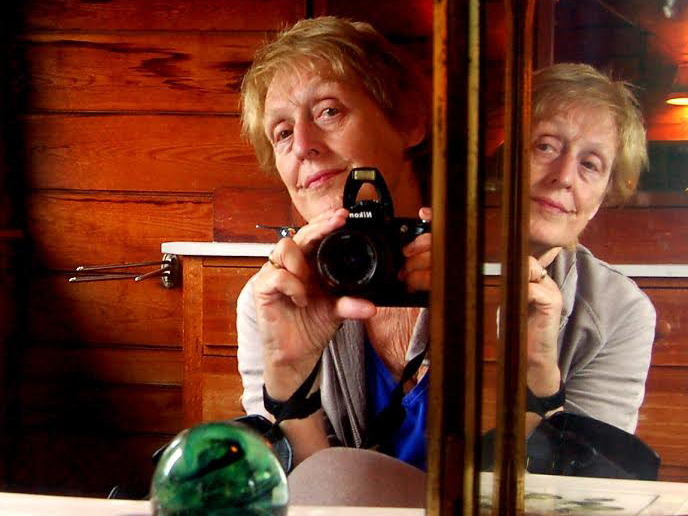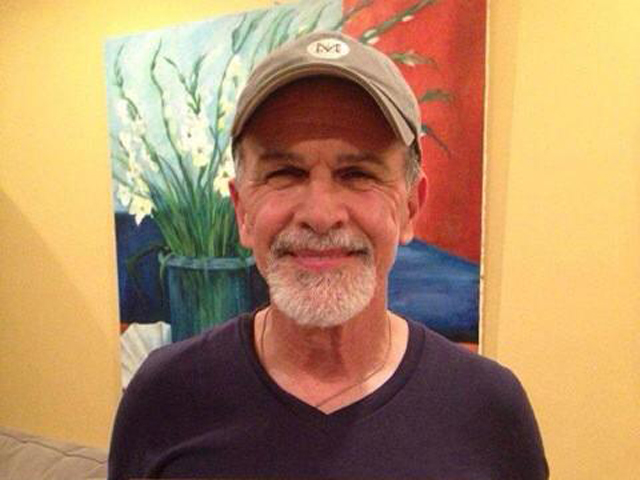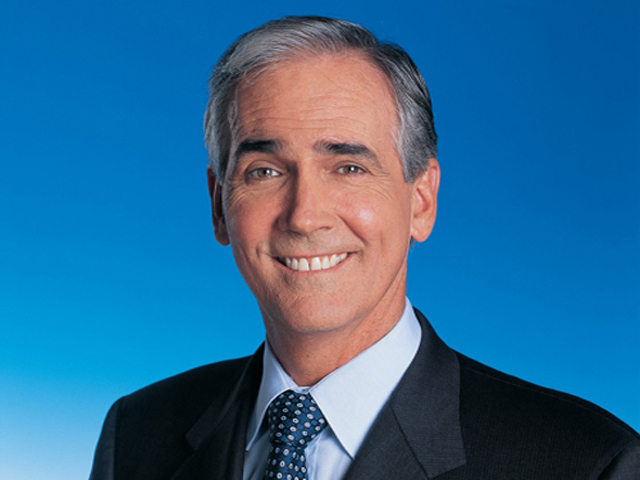
Jim McNamara says he was often the only “gringo” in the room who knew Spanish.
He was born and raised in Panama City, Panama and left for the first time to attend Rollins College in Winter Park, Florida in 1972. Today, he resides in Miami, where he is the chairman of Pantelion and Panamax Films, as well as the Hispanic Scholarship Fund.
“My dream was to be a golfer,” says McNamara, 60. “I went to college with a golf scholarship.”
However, life had other plans for McNamara.
“Through a series of events, I was befriended by Arnold Palmer – ‘the god of golf,’ he says. “He helped me get more focused, and I got into the sports industry.”
One of McNamara’s first jobs was representing athletes and promoting sporting events.
“I quickly learned I was not a good agent,” he says. “I was transferred to the television division. I didn’t know anything, but I was searching for something I could be good at.”
He says he worked his way up the ranks, and then got a job at New World Entertainment, an American independent motion picture and television production company. After five years learning the media ropes, he got a job as CEO of Spanish-language television network, Telemundo.
“I immersed myself in it,” says McNamara. “We really transformed Telemundo from a buyer [of programming] to a producer. I’m very proud of it.”
He says after that experience, he decided he really wanted to give back to the Hispanic community that was truly meaningful. That’s what brought him to serve on the board of the Hispanic Scholarship Fund – a non-profit organization which provides scholarships and pre-college support services to Latino students – and where he’s been serving for the past 10 years.
“Our message is, ‘Don’t let the cost of college get in the way.’ Now I’ve become aware of what this means to the future of the U.S.,” says McNamara about the organization. “I truly think we are serving the country, and the U.S. Hispanic population directly, with the scholarships and directly informing parents and students.”
He goes on to say that he believes with the growing number of Hispanics in the U.S., every American company should hire Hispanics to make up 17 percent of their workforce.
“It is in their best interest that the entire Hispanic population mirrors the entire U.S. population in education as well,” says McNamara. “We need to address this issue.”
Meanwhile, on the work side, he says he also has started producing movies for the same market. “Instructions Not Included” was the first bilingual success in mainstream U.S. theaters in 2013, “Cesar Chavez” (2014) was the first bio pic about one of the most influential Hispanics for labor rights, and he’s looking forward to the equally inspirational story-plots of “Spare Parts” and “Aztec Warrior” in 2015.
“It’s a fight between good and evil, and lots of special effects,” says McNamara about “Aztec Warrior,” starring Luis Guzman and Eugenio Derbez.
He says he’s grateful for each phase life has granted him.
“The sports job was the PhD, the events taught me how to sell, and best of all was Telemundo,” says the good-natured businessman. “The experience came in not knowing about Spanish television. I learned if you really commit, and I mean commit, you can really do anything. It opened up a lot of doors.”
And he adds he’s really grateful that his parents had always wanted him to learn Spanish, despite his initial resistance.
“Be open to all ideas, and before you make up your mind. Take the time to learn a little about it, before you decide,” McNamara advises to youth.
My advice to parents, especially Latino parents:
“Do not let your kids not learn Spanish. There is a lot of peer pressure to not speak Spanish, but you’ve got to insist. English will take care of itself.”

